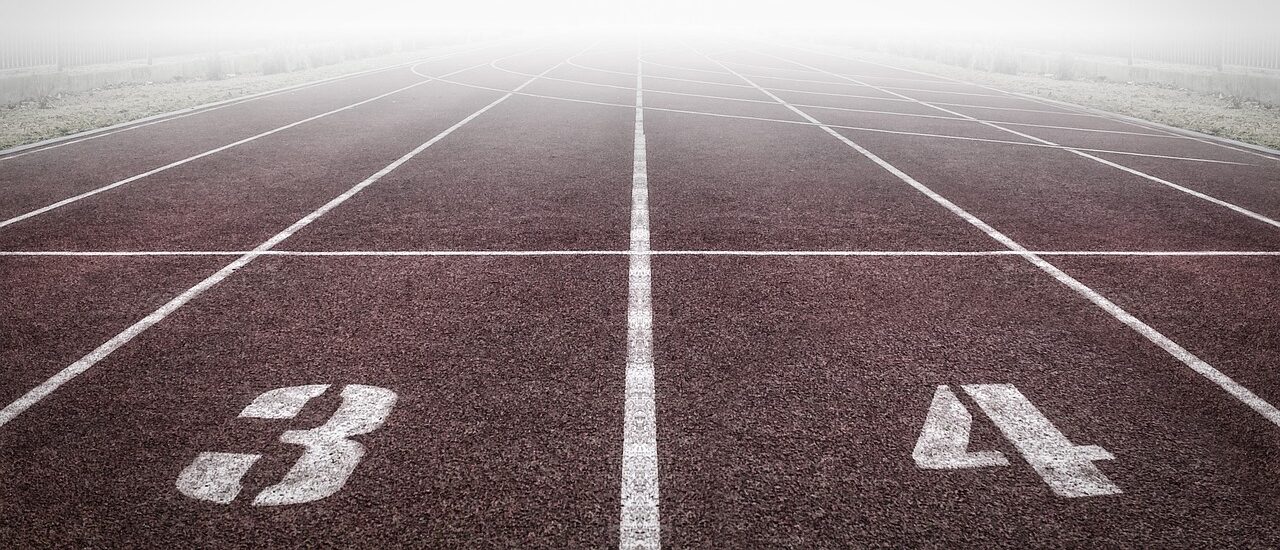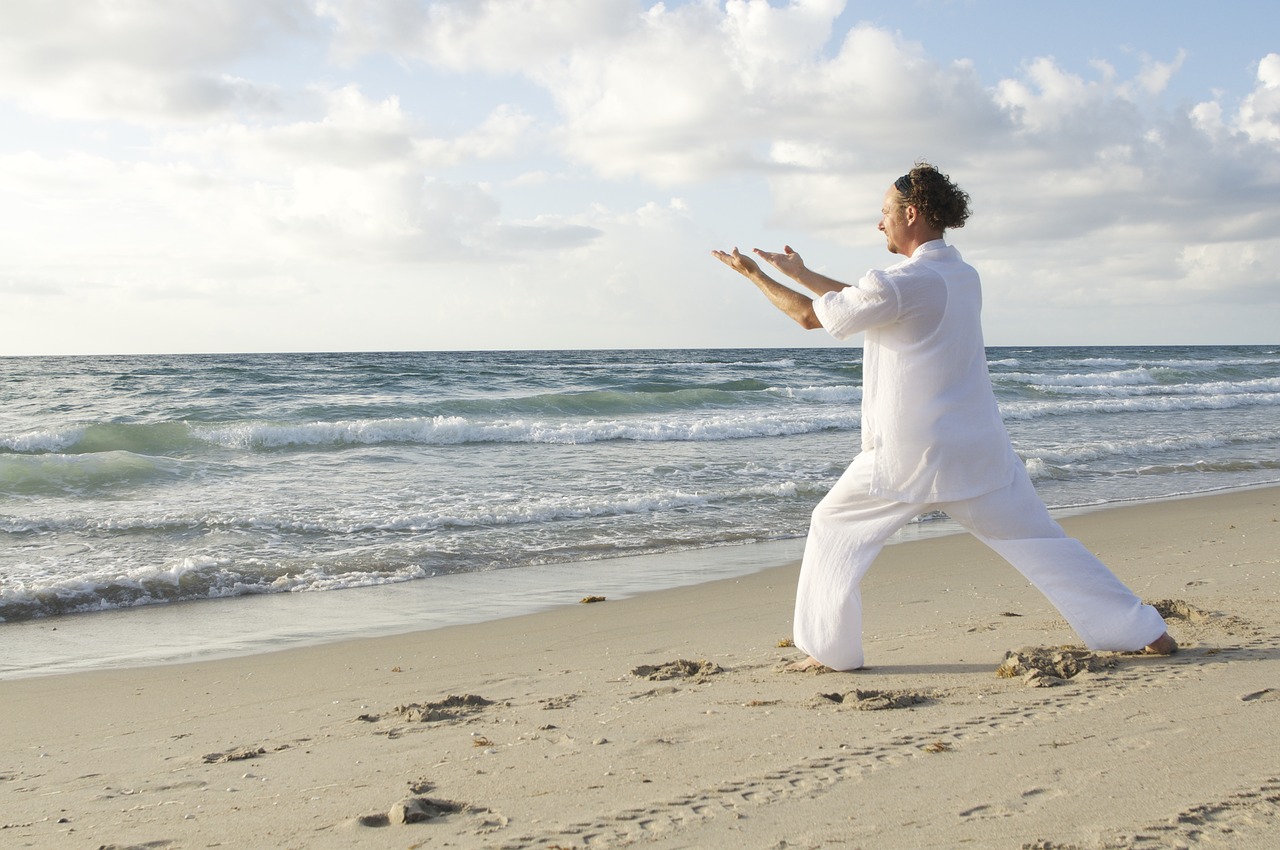Oriental practices
The purpose of training, united in this direction, is the harmonious development and perfection not only of the body, but also of the spirit. At the heart of the techniques, as a rule, are smooth movements and static poses. These exercises work on developing coordination and balance, improving flexibility and dexterity and increasing muscle tone. There are also meditative and breathing practices in the program.
During training it is important to focus on the process and control consciousness of the sensations in the body, as “wandering” thoughts will only interfere in achieving the goals. The result of such exercises will not only be a trim figure, elastic muscles, ligaments, and enduring body, but also an improvement in emotional and mental health, and raising your spirits.
Yoga
One of the most popular styles of modern fitness, which has many subspecies, schools and currents. It is based on traditional ancient Indian practices. Regardless of the direction the workout is a combination of physical and spiritual techniques aimed at the comprehensive development of the body. During the class slowly perform static poses, in which you have to stay for some time. Particular attention is paid to proper breathing.
Asanas relieve pain in the spine and joints, tone up the muscles of the body and have a generally beneficial effect on all body systems. Classes improve your psycho-emotional state and effectively fight stress, depression and insomnia. Yoga is available to people of all levels of fitness and is especially suitable for those who are not ready for intense exertion and vigorous athletic movement. Asanas can be practiced at all ages and weights.
Tai Chi (Tai Chi)
This style is based on a martial art (a form of Wushu) devised by Chinese monks who were observing the behavior of animals. As a consequence, the technique involves measured, gradual, smooth techniques and gestures slowly flowing into each other. The practices involve proper breathing, proper mental attitude and concentration. They as well as yoga are aimed at simultaneous physical and spiritual development.
During the classes they often use weights and additional equipment, but this does not prevent them from recommending the technique to elderly people and those who have no physical training at all. Such exercises restores joint mobility, strengthens the heart and blood vessels, improves blood circulation and teaches how to maintain mental balance. Taichi exercises relieve muscle and nerve tension, improve the mind, and give you a restful sleep.
Pilates
Built on the foundation of tai chi and yoga, Pilates includes small-amplitude dynamic movements that work (stretch and strengthen) every muscle in the body. There is also a clear interaction of exercises with the brain, but unlike some Eastern practices, there is no statics or “yogic” breathing. Regular performance of slow techniques makes muscles strong, aligns posture and helps with weight loss.
Fans of Pilates say that you can practice this type of fitness in the gym as well as at home. And at any age and without a high level of fitness. But experts in the field and experienced coaches La Salute warn that, despite the safety of Pilates, exercises should begin under the control of an instructor. This will eliminate the possibility of injury and maximize the development of elasticity of ligaments, joint flexibility, strength and endurance.
Qigong
The smooth, continuous movements of the ancient Chinese gymnastics do not target specific body parts and muscles, but affect the whole body. The process of doing the exercises requires concentration of thoughts and synchronization with the breath. And the latter in this technique can be different: hard, soft, abdominal and natural. Classes have a minimum of contraindications and the level of difficulty available to all comers. But it is better to practice qigong with a certified master.
Kalaripayattu
Classes are based on the Indian martial art, and the purpose of training is physical and spiritual self-improvement. Self-defense techniques are diluted with relaxation exercises and breathing practices. Kalaripayattu adepts promise that as a result of the classes:
improved immunity;
improve well-being;
reduce stress levels;
a fitter figure;
flexibility;
laziness and apathy will disappear.
Budokon
A relatively new workout program that has gained popularity among Hollywood stars and is being actively promoted by the fitness industry. Classes in a harmonious proportion combine various techniques of oriental martial arts, yoga asanas, breathing practices and meditation. Workouts allow you to achieve excellent physical shape, develop self-knowledge and give peace of mind.
Dance Group TrainingThe Types of Training in FITNESS
These classes are often preferred by those who are bored to perform monotonous athletic movements. Techniques are a bunch of choreographic elements and basic steps that are performed to dynamic music. Training develops plasticity, increases flexibility, improves joint mobility and strengthens the heart muscle. In addition, dance fitness exercises actively burn calories, which as a result contributes to effective and fairly rapid weight loss.
Dance aerobics
The purpose of such workouts is to strengthen the muscle groups of the whole body, lose weight and relieve stress. Various styles, such as hip-hop, funk, oriental and many others are used in classes. And some dance programs have already transformed into a separate type with its own varieties. For example, zumba, whose workouts take place in fiery latinas and include movements of popular dances such as samba, mambo, flamenco and salsa.
Baylotherapy .
This technique combines Latin and African dances, aerobic elements, Pilates, yoga and meditation. Accordingly, classes provide high performance and multidirectional effects on the body. In particular, this weight loss, muscle development and strengthening the spine.
Strip plastique, cardio-striptease and pol-dance.
The movements in such practices train plasticity, flexibility and femininity, as well as improve posture and promote weight loss. There are dynamic exercises, stretching, ballet choreography and latin. But all the movements have sexual connotations and are filled with no vulgar and vulgar eroticism that helps the fair sex to loosen up and start feeling much more confident.
Pole-Dance
This is another technique with an erotic bias, but performed on a pylon (pole). The movements are dominated by sports acrobatics and choreography. All elements are made slowly, smoothly and require a lot of force. Classes form a beautiful muscular relief, pump the whole body and develop endurance. The exercises are suitable for both women and men.

